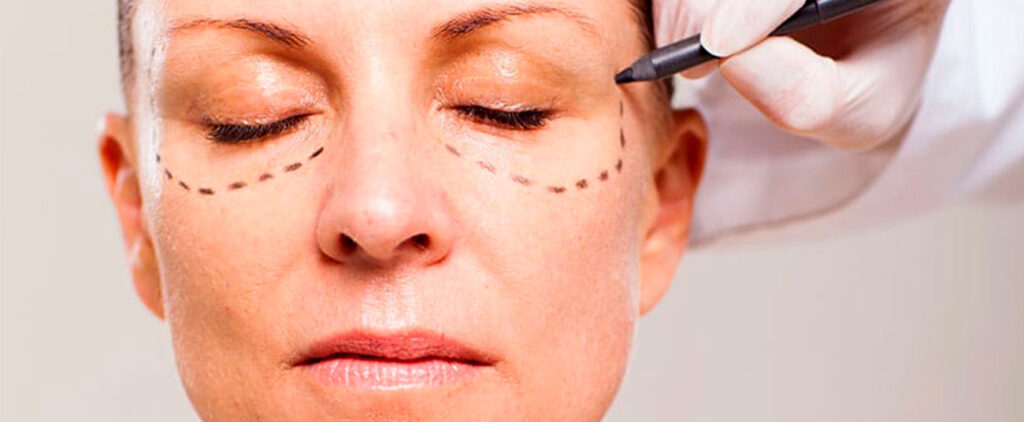Revision Blepharoplasty in Turkey
Revision Blepharoplasty in Turkey is becoming increasingly popular among those looking to make minor corrections to prior eyelid surgery. Revision Blepharoplasty is a specialized procedure that corrects issues with prior blepharoplasty, such as asymmetry, scarring, and unnatural contours. The surgeons in Turkey are highly skilled and experienced in the procedure, with many surgeons having extensive experience in plastic surgery, and in particular, blepharoplasty. Additionally, the cost of the procedure in Turkey is often much lower than in other countries, making it an attractive option for those seeking to make corrections to their prior blepharoplasty.
Revision Blepharoplasty Cost
Revision blepharoplasty cost can vary depending on the complexity of the surgery and the skill of the surgeon performing the procedure. Revision blepharoplasty is usually more expensive than the initial procedure, since it is considered a more complex operation. The cost of revision blepharoplasty can range anywhere from $2,000 to $8,000 depending on the extent of the surgery. The cost may also be affected by the geographic location of the practice, the experience and qualifications of the surgeon, and any additional fees associated with the procedure. It is important to discuss all fees ahead of time with your surgeon to ensure that you are making the best decision for your health and your budget.

https://www.instagram.com/esteport/
What is Revision Blepharoplasty?
Revision blepharoplasty is a surgical procedure performed to correct or improve the results of a previous eyelid surgery, known as blepharoplasty. This secondary surgery is typically more complex than the initial procedure due to the changes in the eyelid tissues and the presence of scar tissue. It’s usually sought by patients who are not satisfied with the outcomes of their original eyelid surgery or who have experienced complications.
Key aspects of revision blepharoplasty include:
- Purpose: The procedure aims to address issues such as asymmetry between the eyelids, undercorrection or overcorrection of the initial surgery, scar tissue formation, or functional problems like difficulty closing the eyes.
- Complexity: Revision blepharoplasty can be more challenging than primary blepharoplasty. Previous surgeries may have altered the normal anatomy of the eyelids, and there might be less tissue to work with or increased scar tissue.
- Evaluation: A detailed evaluation is essential to understand the anatomy of the eyelids post-primary surgery, assess the remaining tissue, and determine the patient’s goals for the revision.
- Techniques: The surgeon may need to use advanced and precise surgical techniques, which could include removing or repositioning tissue, using grafts, or other specialized methods to achieve the desired correction.
- Recovery Time: The recovery period for revision blepharoplasty can be longer and might require more care compared to the initial surgery, due to the complexity of the procedure.
- Risk of Complications: As with any surgical procedure, there are risks, such as infection, bleeding, or dissatisfaction with the aesthetic results. The risks might be higher with revision blepharoplasty compared to primary blepharoplasty.
- Choosing a Surgeon: It is crucial to choose a surgeon with specific expertise in revision blepharoplasty, as the surgery requires specialized skills to address the unique challenges presented by secondary procedures.
For anyone considering revision blepharoplasty, it’s important to have a thorough consultation with a qualified and experienced plastic surgeon. They can provide a realistic assessment of what can be achieved with a revision, discuss the potential risks and benefits, and help set appropriate expectations for the outcome.
Signs of botched eyelid surgery?
Signs include:
- Uneven eyelids
- Vision loss
- Dry eyes
- Uncomfortable feelings around the eye
- Infections or scars
- How to prepare for revision surgery?
To prepare:
- Stop smoking and drinking two weeks before.
- Get a medical checkup.
- Discuss medications with the surgeon.
- Follow the surgeon’s advice.
- Wear comfortable clothes on surgery day.
- How is eyelid revision done?
In the procedure:
- Surgeons remove excess skin and fat.
- Eyelids are reshaped.
- Sutures may be used.
- Patients can go home afterward.
- Recovery after surgery?
During recovery:
- Eyes might be swollen or bruised.
- Follow the doctor’s advice.
- Keep the area clean.
- Visit the doctor for check-ups.
- Is eyelid revision safe?
- Yes, when done by a qualified surgeon.
Does it leave scars?
It can, but proper care reduces them.
Can blepharoplasty be revised?
Yes. It can be fixed if results aren’t as desired.
How soon for revision?
Usually, wait six months to a year after the first surgery.
Can upper blepharoplasty repeat?
Yes, but consult a surgeon. Results might differ the second time.
Fixing a botched blepharoplasty?
Yes. A skilled surgeon can fix it. Severe cases might need more surgeries.
How many times for upper blepharoplasty?
Results can last up to 10 years. Some might need more than one procedure.
Is asymmetry common after surgery?
Yes. But most times, it resolves as eyes heal.
Does upper blepharoplasty change eye shape?
It can. The goal is a better appearance. The final look depends on the patient.




Soru Sor